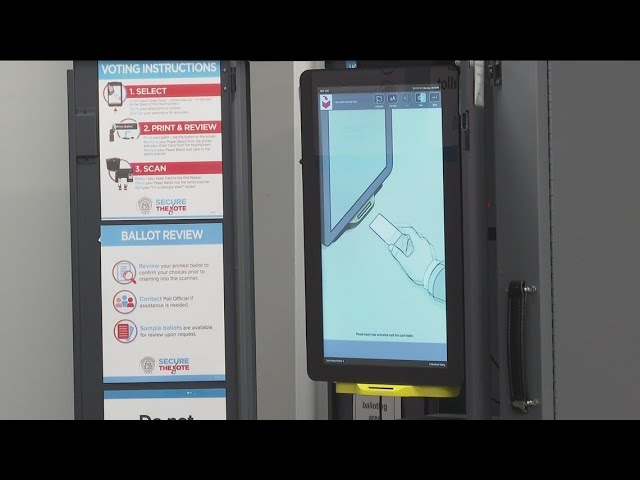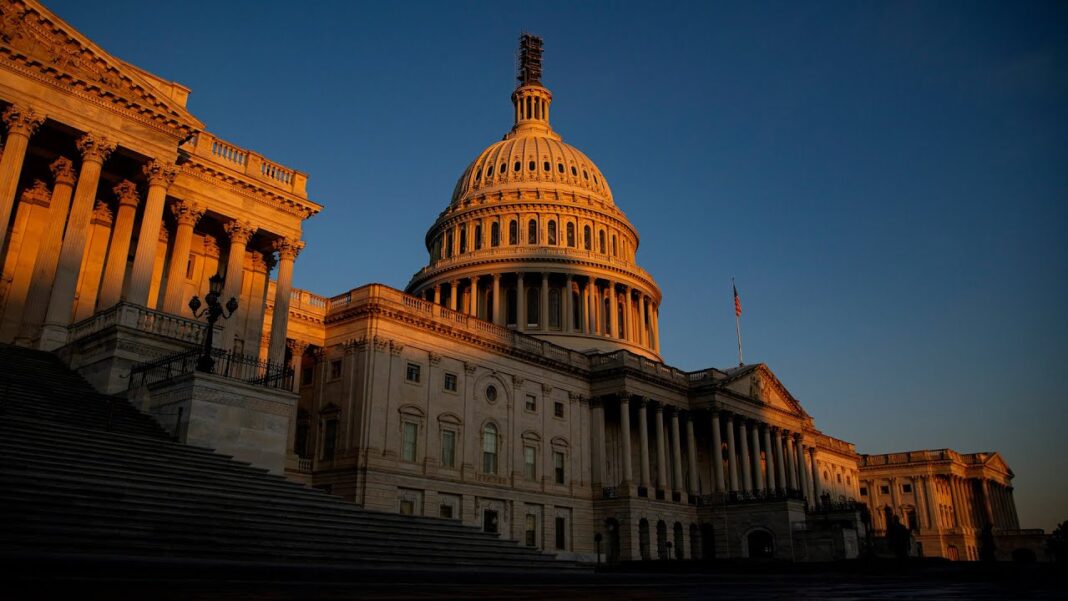Much of the eastern United States is predicted to be under a ‘high’ risk of constrained electricity supplies.
Large areas of the United States could face “insufficient electricity supplies” in the winter due to cold temperatures and potential disruption in natural gas supplies, according to a recent report by power grid watchdog North American Electric Reliability Corp (NERC).
“A large portion of the North American BPS (bulk power system) is at risk of insufficient electricity supplies during peak winter conditions,” said NERC’s 2023–2024 Winter Reliability Assessment report published Wednesday. It estimated that during the upcoming December-February winter period, much of the eastern United States would either be at an “elevated” or “high” risk of constrained electricity supplies.
Two key factors the report cited as contributing to electricity supply constraints are “prolonged, wide-area cold snaps” and the “availability of fuel supplies for natural-gas-fired generation.”
- Cold Temperatures: During the recent winter, more than 20 percent of generating capacity was forced offline due to freezing temperatures. Since electric heating systems tend to consume more power during cold temperatures, the higher consumer demand will complicate issues if electricity supplies are low. Such areas “are at greatest risk for electricity supply shortfalls this winter.”
- Natural Gas Supplies: When the supply of natural gas is insufficient, output from gas-fired power generators “can be threatened.” The report pointed out that there is an “interconnected energy delivery system” ensuring the production, storage, and transportation of natural gas to BPS. Cold weather can disrupt this system by negatively affecting the production of natural gas. “During Winter Storm Elliott (December 2022), natural gas production rapidly declined with the onset of extreme cold temperatures, contributing to wide-area electricity and natural gas shortages.”
NERC’s warning ahead of the winter season comes amid the Biden administration’s push toward curtailing fossil fuel power generation while promoting renewable power. Experts fear that such a transition could make the country’s power grid unreliable.
An April report from the U.S. Energy Information Agency (EIA) revealed that the least amount of natural gas pipeline was built in 2022 under the Biden administration since such records began to be kept in 1995.








